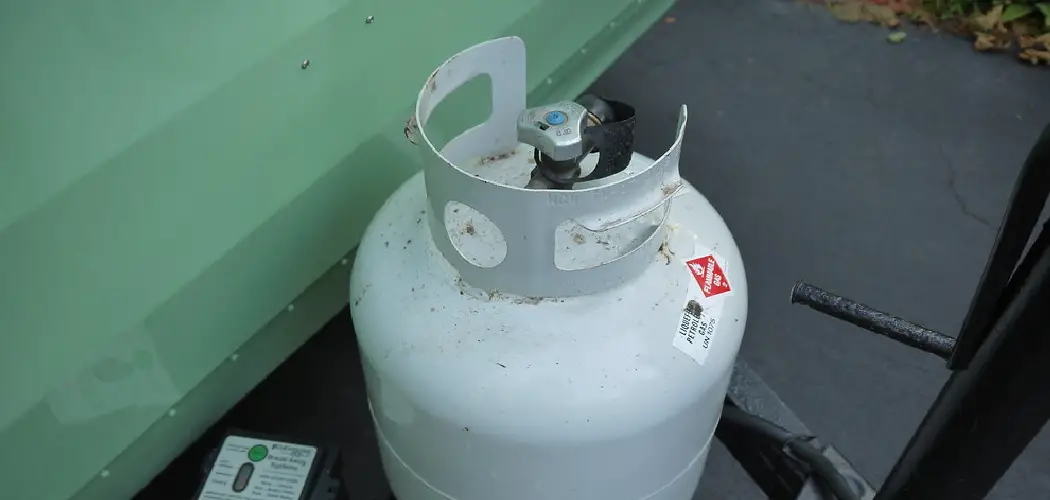Propane tanks are a common fuel source for many home appliances, such as gas grills, outdoor heaters, and ovens. However, they can be an eyesore in your outdoor living space. If you need to have a propane tank but don’t want it to be visible, there are some steps you can take to hide it. The following are tips on hiding a propane tank and making your outdoor area more attractive.
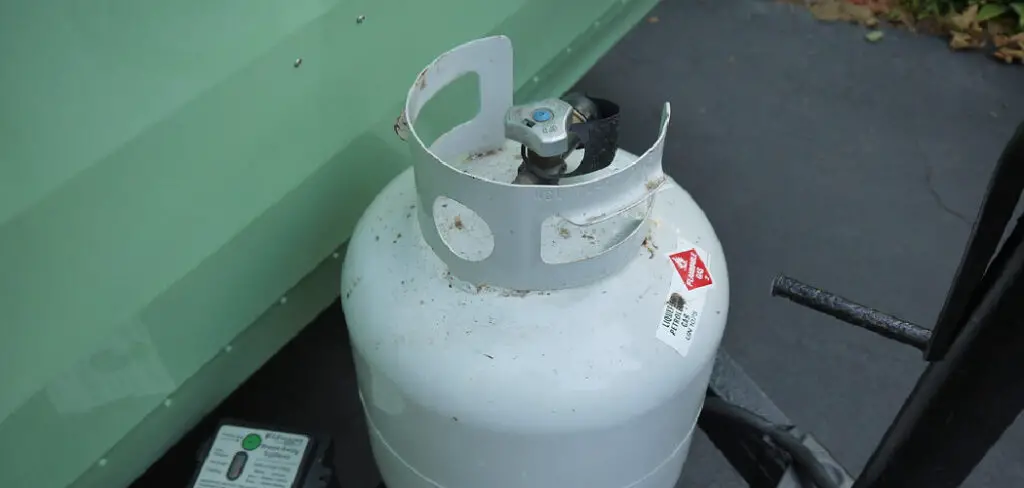
One of the key advantages of hiding a propane tank is safety. If the tank is not hidden or out of sight, it may be vulnerable to vandalism or other forms of damage. Hiding a propane tank also helps to protect it from weather elements like sun, wind, and rain. Additionally, hiding it can help keep children and pets away from the tank and its associated components. In this blog article, you can find step-by-step instructions on how to hide a propane tank.
Step-by-Step Processes for How to Hide a Propane Tank
Step 1: Inspect the Area
Before you begin, inspect the area surrounding the propane tank to determine the best solution for hiding it. Consider what is near and around your tank, such as shrubs or trees. Make sure there is enough room to hide a propane tank without it being visible from any perspective. If needed, adjust the size of the tank accordingly.
Step 2: Invest in a Fence
One of the best ways to hide a propane tank is to invest in a fence or other structure that can be built around it. If you don’t want to build your own, there are companies that sell prefabricated structures you can install yourself. Make sure that whatever you choose is made of a durable material that can withstand the elements.
Step 3: Install Foliage and Plants

Another great way to hide a propane tank is to install some foliage or plants near it. If you already have shrubs or trees in your yard, use them as a natural barrier to conceal the tank from prying eyes. If not, you can purchase some affordable plants from a local nursery or garden center. Make sure to prune them to maintain their natural look and keep the tank hidden regularly.
Step 4: Paint the Tank
If you want to give your propane tank an even more discreet appearance, painting it is an option. Look for specially designed paints that withstand outdoor elements and won’t fade over time. Choose a color that blends in with your landscape, such as brown or green.
Building a deck is another great way to conceal it from view if you have enough space around your propane tank. Make sure to use weatherproof materials and seal any gaps or spaces around the tank with caulk. You can also use pressure-treated wood to help protect it from the elements.
Step 5: Cover It with a Tarp
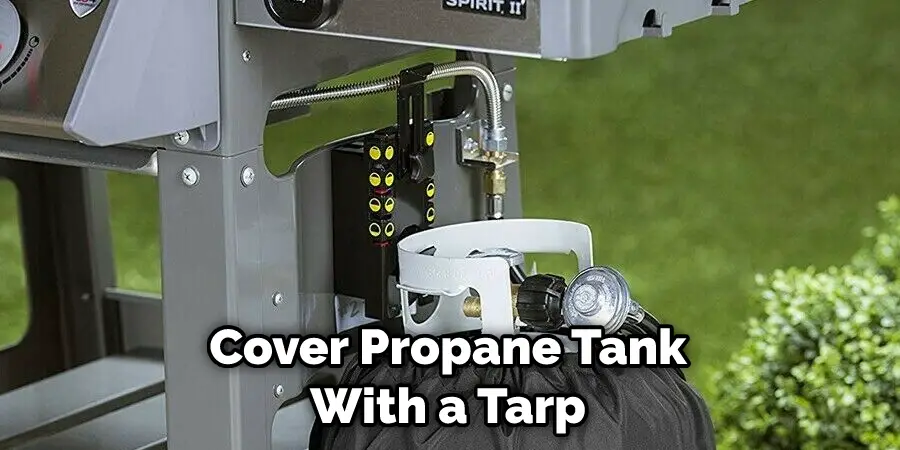
Covering your propane tank with a tarp is another effective method for hiding it. Make sure to choose a tarp that is meant for outdoor use and is of sturdy material. Also, secure the tarp with stakes or anchors so it doesn’t get blown away in windy conditions. You can also build a shed over your propane tank for added protection. Make sure to do some research beforehand and consider materials that are best suited for outdoor use. The shed should also be secure enough to keep the tank from being tampered with or disturbed by animals.
Step 6: Utilize Screening
Screening is another great option if you don’t want to build a structure around your propane tank. It can come from lattice, fencing, or even natural barriers like trees and shrubs. Consider what best fits your landscape and budget before deciding on a screening type.
Building a wall around your propane tank is one of the most effective methods for concealment. Make sure to choose a material that is both durable and weatherproof. If you don’t want an obvious wall, consider materials that are designed to blend in with your landscape, such as brick or stone.
Step 7: Use Artificial Rocks or Logs
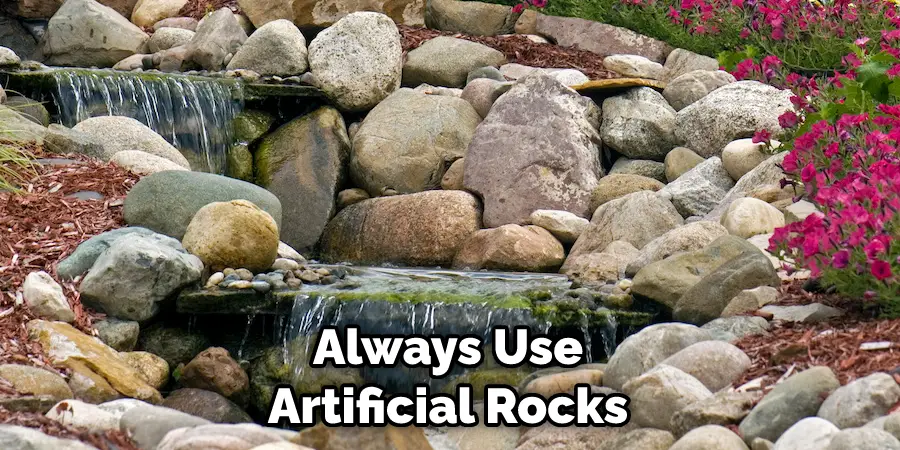
Finally, if everything fails, you can always use artificial rocks or logs to hide your propane tank. These materials can be bought at most home improvement stores and are designed to look like natural stones or logs. Place them around the propane tank in an aesthetically pleasing arrangement and enjoy the added privacy.
These steps will help you effectively hide your propane tank while maintaining a beautiful landscape.
Precautions for How to Hide a Propane Tank
- Ensure adequate gaps around the tank and other openings when hiding the propane tank to ensure proper ventilation and the release of dangerous gases.
- Propane gas tanks should be kept away from direct sources of high heat, such as grills, fire pits, or other ignition sources.
- Tanks should never be fully covered as this can cause a build-up of pressure and become dangerous.
- All tanks must be adequately protected from the environment around them, such as snow, rain, and strong winds that can cause damage to the tank.
- It is important to regularly check for any gas leaks in or around the propane tank, as this can be a major safety hazard.
- Any tanks should be securely fastened with anchors to stay put in case of strong winds or other environmental elements.
- When hiding the tank, it is important to use approved material for camouflage that won’t cause any damage to the tank or release dangerous emissions.
- Always follow local building and safety codes and regulations when installing or hiding a propane tank. This is to ensure that all safety precautions and standards are met.

By following these safety precautions, you can get the most out of hiding a propane tank while keeping it safe.
How Can You Hide Your Propane Tank Safely and Securely?
When it comes to having a propane tank on your property, there are many considerations that must be taken into account. Not only do you have to worry about the safety and security of the tank itself, but also how it can affect your home’s aesthetics. You may not want an unsightly propane tank in plain sight, and this is why figuring out to hide a propane tank safely and securely is so important.
One way to conceal your propane tank is by building a fence or wall around it. This will help make the tank less visible and provide additional security. How tall the fence needs to depends on local regulations, but it should generally be tall enough to prevent anyone from easily accessing the tank. If you are in a residential area, you may also want to add landscaping materials or other decorative elements to your fence for a more polished look.
Are Any Specific Safety or Zoning Regulations Applying to Hiding Your Propane Tank?
Local safety and zoning regulations must be followed when installing your propane tank. It is important to check with your municipality or city hall to ensure that all necessary permits have been obtained and the fuel tank installation meets specific safety standards. Additionally, evaluating where you plan to place your propane tank is important, as certain zoning regulations may apply.
In most cases, the tank must be placed a certain distance away from any structure or combustible material and should be above ground level. Once you have reviewed the necessary local laws, you can consider how to conceal your propane tank best.
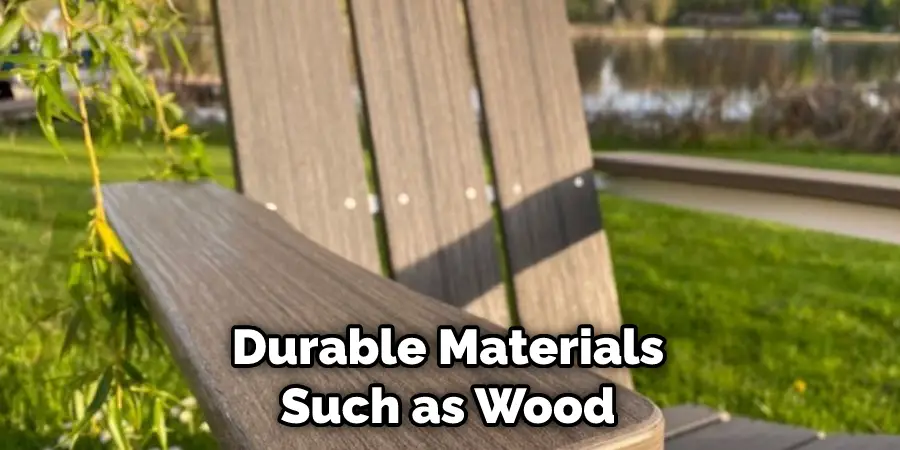
One way to hide a propane tank is to build an enclosure. These enclosures are made of durable materials such as wood or metal and can be customized to match the size and shape of your propane tank. An enclosure also provides additional protection from the elements, helping prolong the life of your fuel tank. Another way to hide a propane tank is to install it underground. If your tank is small enough and local laws allow it, you can dig a hole in the ground and place it inside.
How Can You Ensure That Your Propane Tank Remains Accessible for Maintenance and Refilling?
One of the key advantages of hiding your propane tank is that it keeps it safe and out of sight. However, you must also ensure that your tank can be accessed for maintenance and refilling when needed. The best way to do this is by creating a hidden access panel or door in the wall or structure where your tank is located. This will allow you to access the tank without removing the entire structure. You should also ensure that any other objects do not obstruct your access panel or door.
Additionally, it’s important to check your propane tank regularly for any damage or leaks and ensure that it has enough fuel for regular use. Finally, always consult with a qualified professional before hiding your propane tank to ensure you do so safely and in accordance with applicable regulations. By following these tips, you can help ensure that your propane tank remains accessible for maintenance and refilling while also keeping it out of sight.
How Often Should You Inspect and Maintain Your Propane Tank?
Inspecting and maintaining your propane tank regularly is important, as this can help ensure it is functioning properly. How often you need to do this depends on the tank size and how much you use it. Generally speaking, small tanks should be inspected at least once a year, while larger tanks should be inspected twice a year. In addition, it’s important to test the tank for leaks and any other signs of damage. If you find any concerning issues, be sure to contact a qualified professional right away.
Inspections should also include checking hoses and valves. Ensure all hoses are in good condition, free from cracks or tears, and valves are working properly. Additionally, you should clean any areas of the tank that are not in direct contact with the fuel, such as the exterior and interior of the tank. This will help reduce the risk of rust and corrosion, which can affect the performance of your propane tank over time.
How Should You Properly Store Any Tools or Materials Related to the Installation, Maintenance, or Refilling of Your Propane Tank?
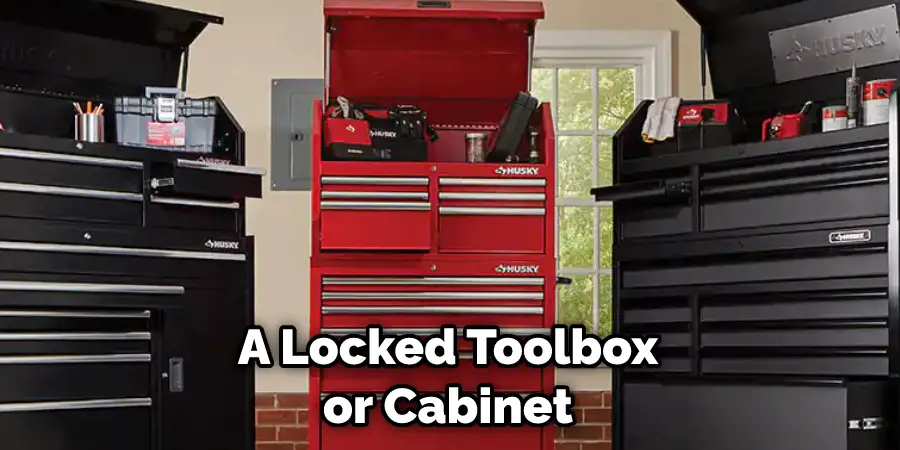
To ensure the safety and security of your propane tank, it is important to properly store any tools or materials related to the installation, maintenance, or refilling of your tank. You must also keep these items away from children and pets. To do this, place them in a locked toolbox or cabinet away from any heat sources. Make sure that the key is kept in a safe place.
Additionally, it is recommended that you store any propane tanks and related materials in an area where there will be no chance of them being exposed to sparks or open flames. This could include areas such as your garage, shed, or basement. Finally, keep all flammable materials, such as rags or paper towels, away from your propane tank and related materials. This will help to reduce the risk of a fire or explosion. By following these steps, you can rest assured that your propane tank is safely stored and protected.
Conclusion
One of the main disadvantages of hiding a propane tank is that it can be difficult to access when needed. If you need to refill, move, or repair the tank, you may have difficulty getting to it without taking apart the structure around it. Additionally, if something goes wrong with the tank and there’s an emergency situation, it could be hard to access the tank to take action quickly.
In conclusion, there are various ways to successfully hide a propane tank and protect it from the elements while still keeping your outdoor area looking great. Whether you install an enclosure, build a shed or screen, camouflage it with paint or plants, or choose to bury it in the ground, these strategies can help protect your propane tank so that you can enjoy its use for years to come.
It’s also important to ensure your propane tank is properly maintained and inspected regularly, as well as know when it is time to upgrade or replace the tank altogether. I hope this article has been beneficial for learning how to hide a propane tank. Make Sure the precautionary measures are followed chronologically.

